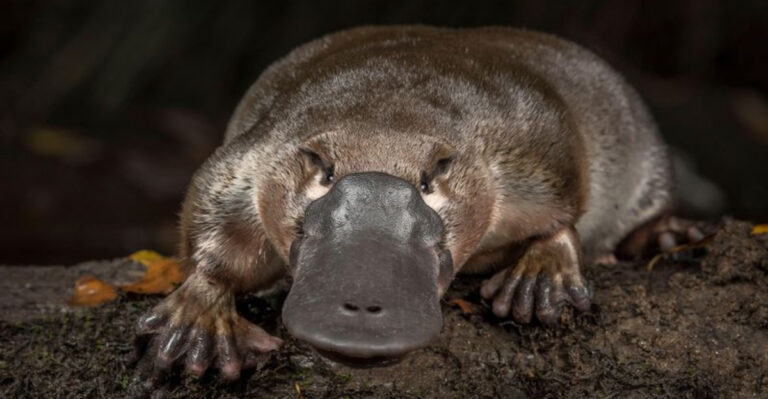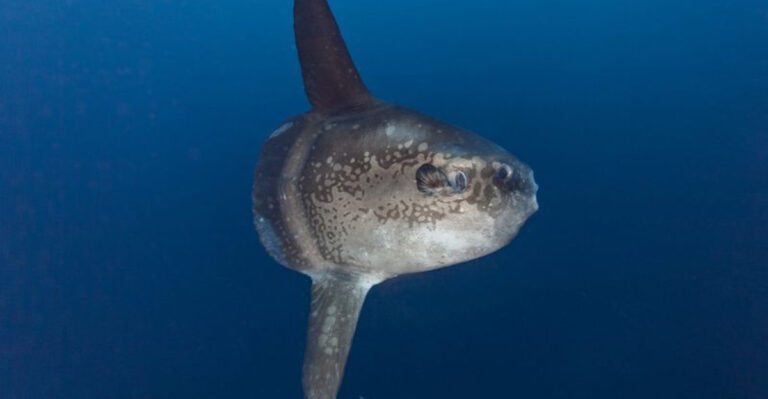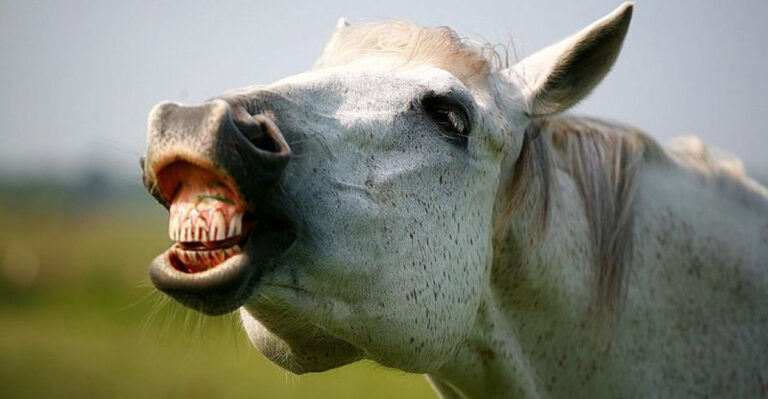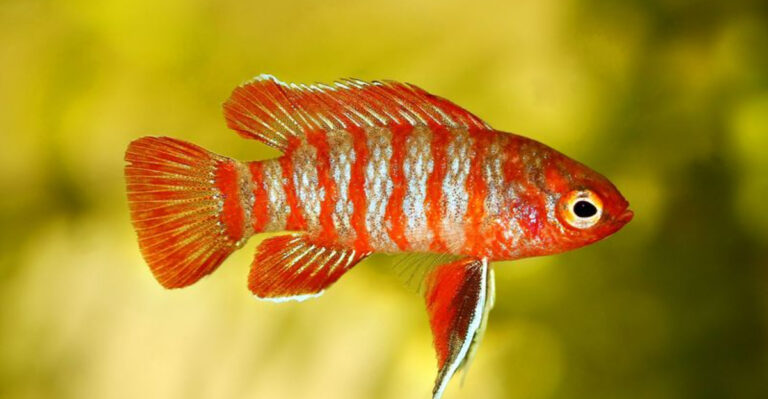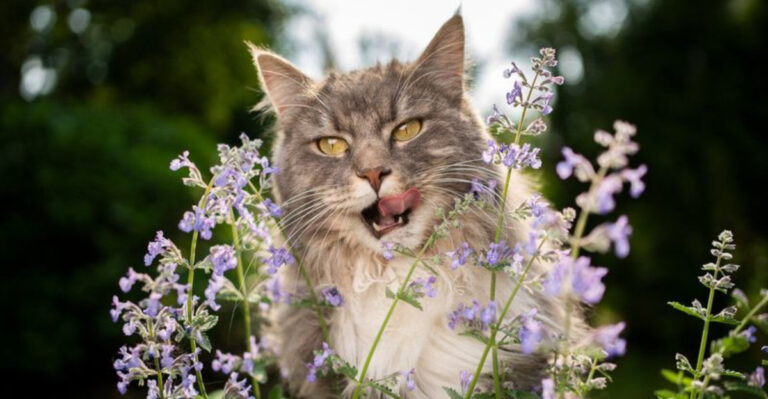11 Birds That Rule The Toughest Rocky Landscapes
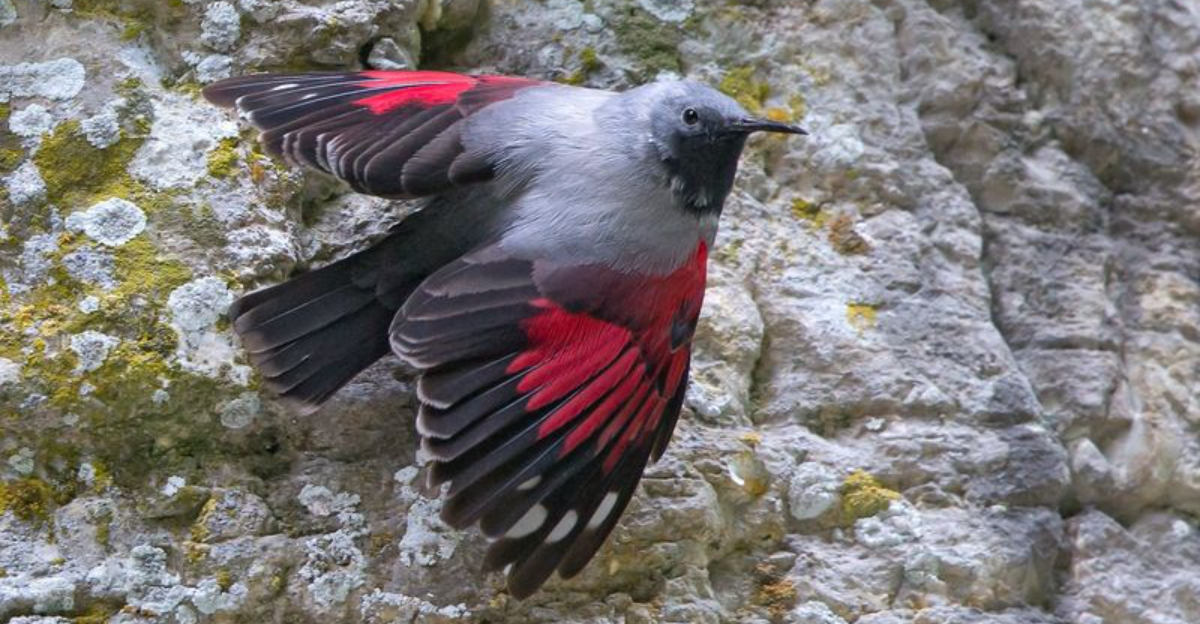
The rugged and often harsh terrains of rocky landscapes are home to some of the most resilient and fascinating birds on the planet.
These avian marvels not only endure the challenges posed by their environment but thrive in it, showcasing remarkable adaptations and behaviors.
From the steep cliffs of coastal regions to the stony expanses of mountain ranges, these birds exemplify the power of nature’s evolutionary genius.
Join us as we explore extraordinary birds that rule these toughest of landscapes, each with its unique story, stunning adaptations, and the awe-inspiring beauty of survival against the odds.
1. Peregrine Falcon
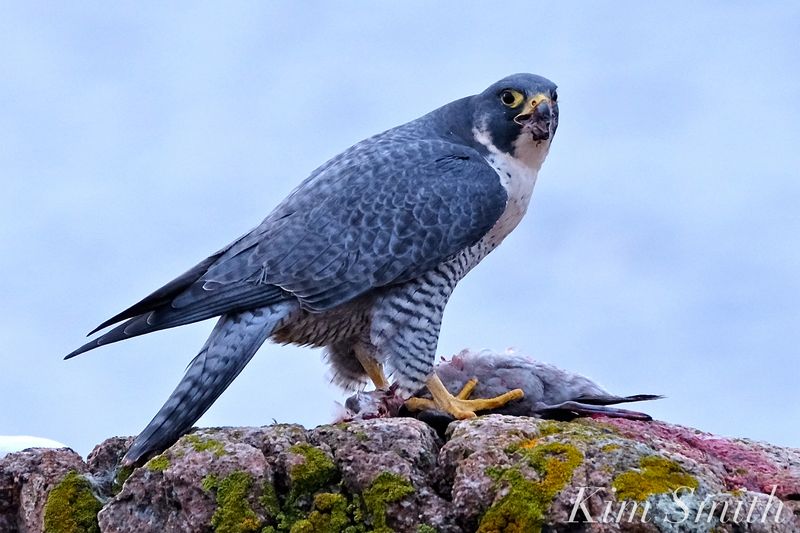
The Peregrine Falcon is renowned for its incredible speed and agility. This bird of prey often nests on high cliffs, using its acute vision to spot prey from great distances.
With speeds reaching over 240 mph during its hunting stoop, the Peregrine is a master of the skies. It thrives in rocky landscapes, where its natural camouflage and swift maneuverability give it an edge.
Adapted to diverse environments, these falcons are found across continents, showcasing their resilience.
2. Rock Ptarmigan
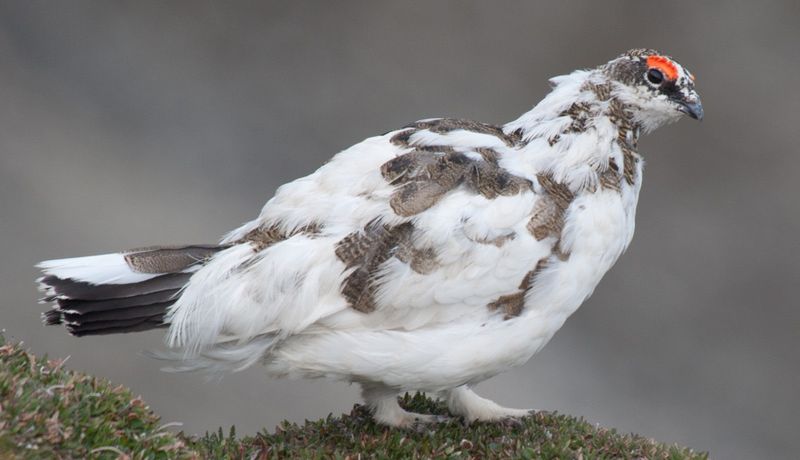
The Rock Ptarmigan is a master of disguise, blending seamlessly into its rocky environment. Its plumage changes with the seasons, offering perfect camouflage against predators.
Found in cold, mountainous regions, this bird is well-adapted to harsh climates. Its feathered feet act like snowshoes, providing balance and warmth during icy winters.
3. Alpine Chough
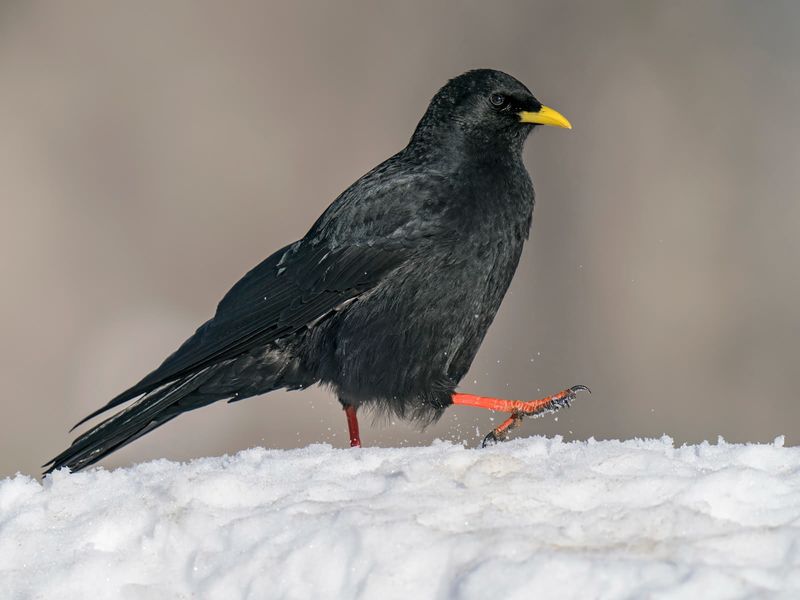
The Alpine Chough is a bird of the high mountains, known for its playful aerial acrobatics. These birds are often seen soaring above rocky peaks, their calls echoing through the vast landscapes.
With strong wings and a sociable nature, Alpine Choughs thrive in high altitudes where few others venture. They feed on insects and fruit, often scavenging around ski resorts.
Their glossy black plumage and striking yellow beaks make them stand out against the rocky backdrop. The Alpine Chough embodies the spirit of high-altitude survival and social connectivity.
4. Wallcreeper
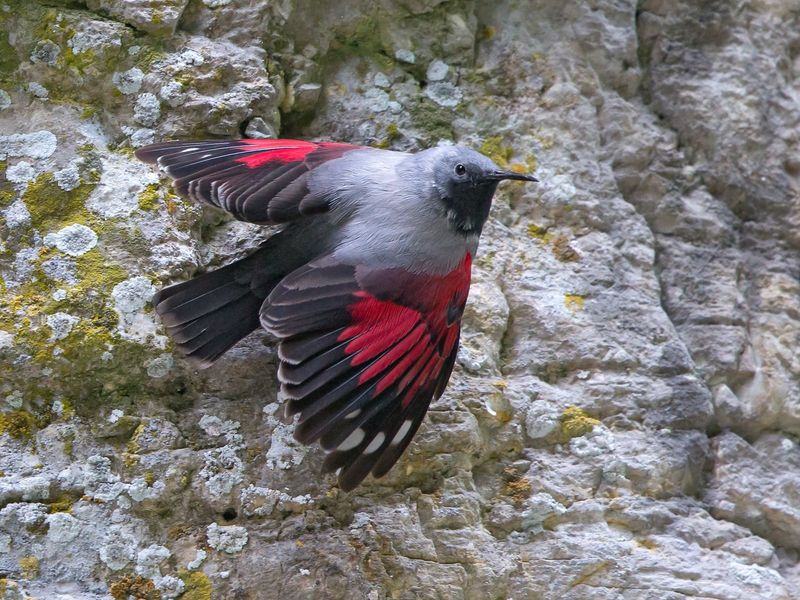
The Wallcreeper is a striking bird, known for its vivid crimson wings and acrobatic climbing skills. It inhabits the steep rock faces of European and Asian mountains.
Using its long, curved claws, the Wallcreeper can scale vertical surfaces with ease, searching for insects in crevices. Its unique climbing abilities make it a fascinating sight.
The bird’s colorful appearance and specialized behavior have earned it admiration among birdwatchers.
5. Snow Bunting
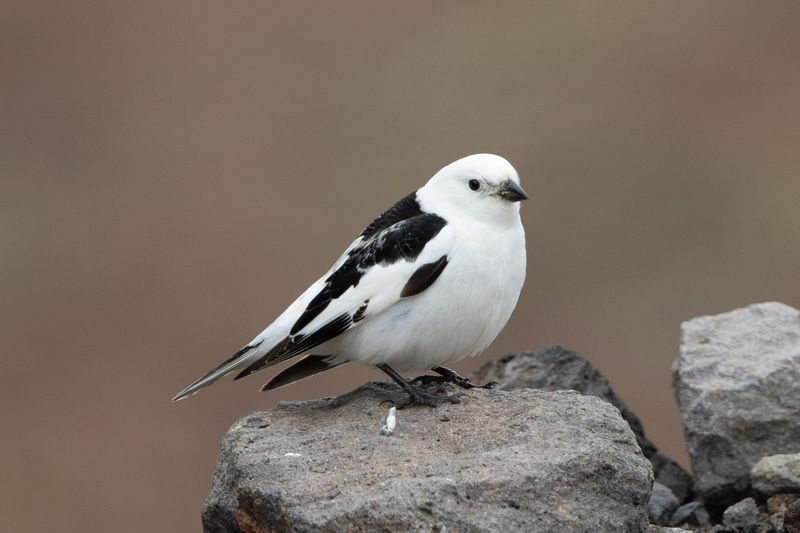
Snow Buntings are often associated with the coldest regions, where rocky landscapes meet snow. Their white and brown plumage offers excellent camouflage.
These birds migrate long distances, breeding in Arctic environments and wintering in temperate zones. Their endurance and adaptability are impressive. The Snow Bunting’s cheerful chirps bring life to the stark, rocky regions they inhabit.
6. Raven
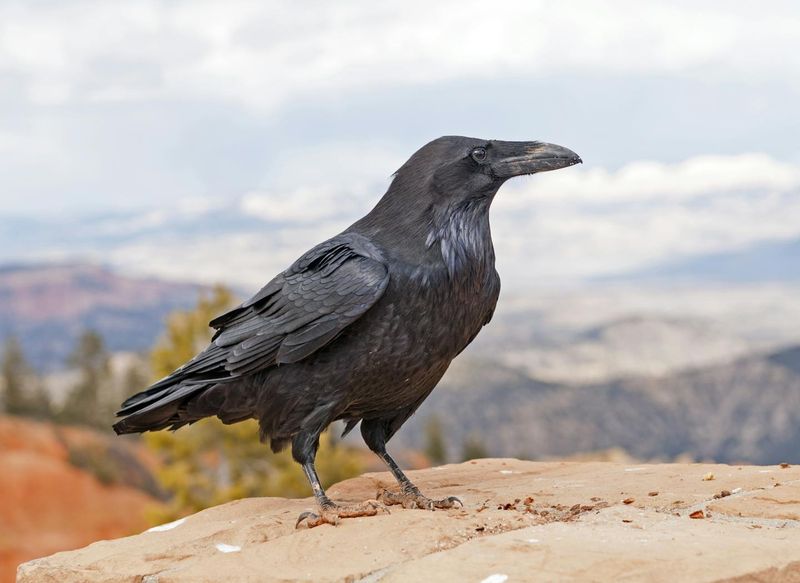
Ravens are known for their intelligence and adaptability. These enigmatic birds often inhabit rocky cliffs, where they build their nests and raise their young.
With a diet that includes almost anything, Ravens are opportunistic feeders. Their problem-solving skills and complex social behaviors are well-documented.
In mythology and folklore, Ravens are often seen as symbols of mystery and transformation.
7. Golden Eagle
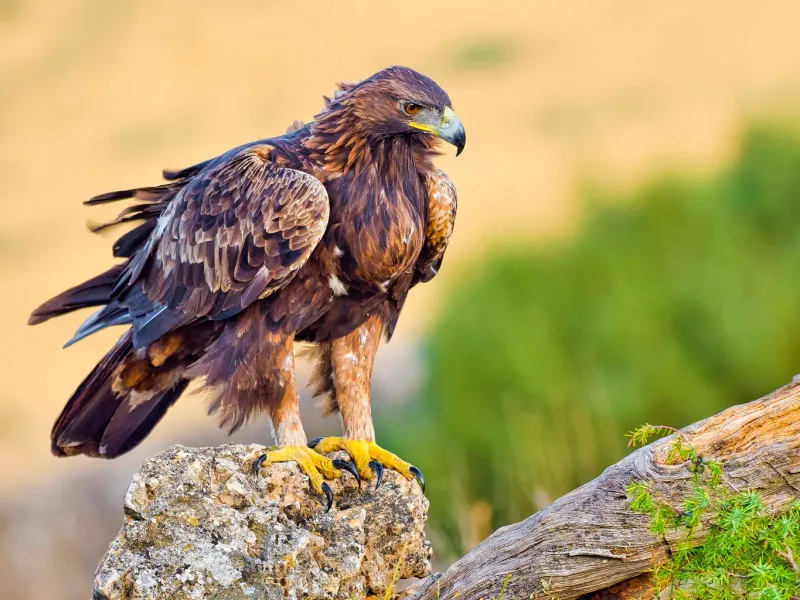
The Golden Eagle is a majestic bird of prey, ruling the skies over rocky terrains. Known for its powerful build and keen eyesight, it spots prey from high above.
These eagles prefer open spaces like cliffs and canyons, where their hunting prowess is unmatched. They often mate for life, showcasing strong pair bonds. With its regal presence, the Golden Eagle is both a feared predator and a revered symbol of power.
8. Andean Condor
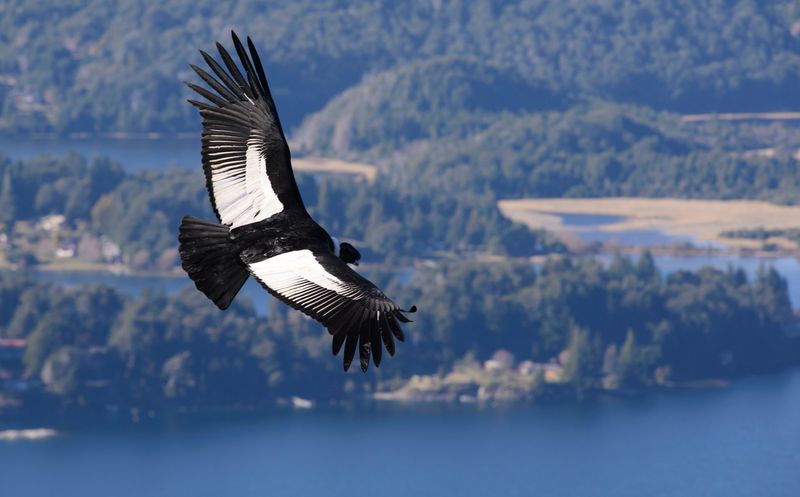
The Andean Condor is a magnificent bird, known for its enormous wingspan and graceful flight. It inhabits the rocky cliffs of the Andes, where it commands the skies.
As scavengers, these condors play a crucial role in the ecosystem, cleaning up carcasses and maintaining the balance of nature. Their long lifespan and slow breeding make them unique.
The Andean Condor’s ability to soar effortlessly through the rugged mountains is awe-inspiring.
9. White-Throated Dipper
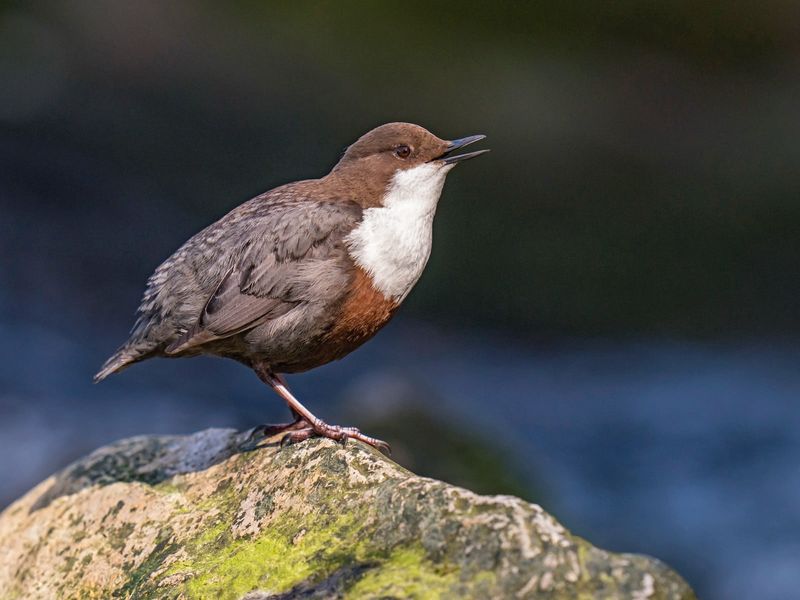
The White-throated Dipper is a charming bird found near fast-flowing rocky streams. Its plump body and white throat make it easily recognizable.
Known for its diving skills, this bird hunts underwater for aquatic insects, showcasing remarkable adaptations. Its dense plumage and short wings aid in swimming against currents.
The Dipper’s playful antics and unique hunting technique bring vibrancy to rocky waterways.
10. Bearded Vulture
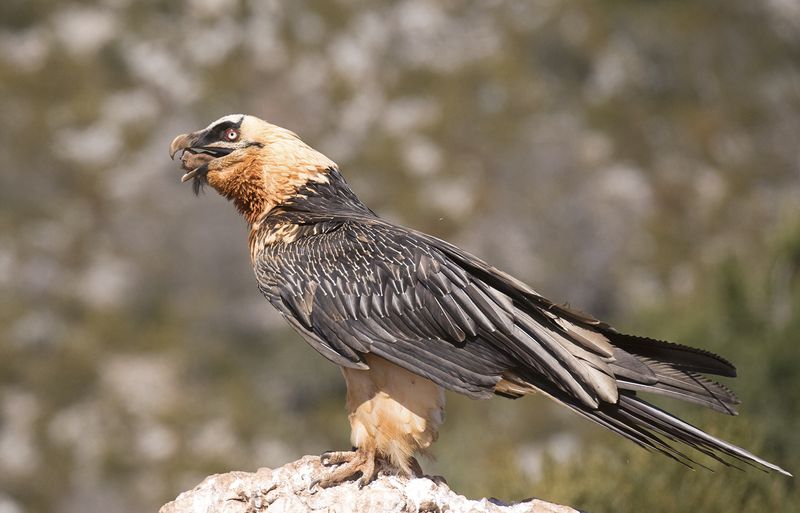
The Bearded Vulture, or Lammergeier, is an impressive scavenger of rocky heights. Its primary diet consists of bones, which it drops from heights to crack open.
With striking plumage and a distinctive appearance, this vulture is a master of the mountains, soaring effortlessly on thermal currents.
The Bearded Vulture’s unique feeding strategy and dominance in rocky landscapes make it a fascinating subject for both scientists and bird enthusiasts alike. Its presence adds character and mystery to the high-altitude ecosystems it inhabits.
11. Egyptian Vulture
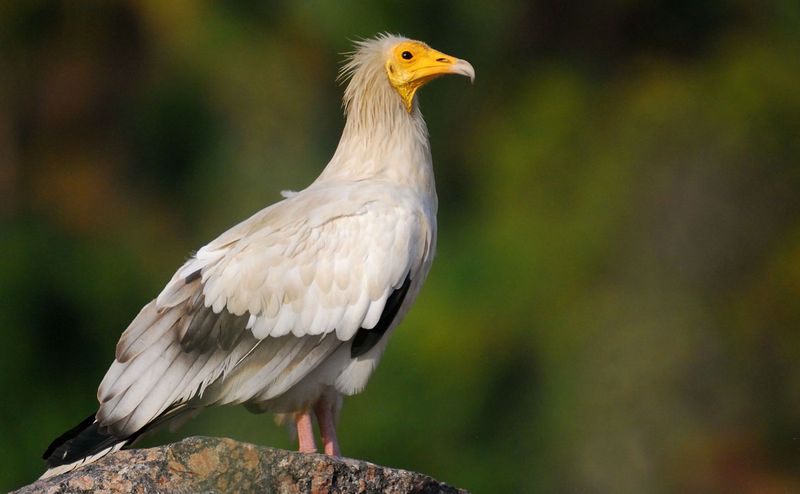
The Egyptian Vulture is a small, yet intriguing bird often found in rocky regions. Its striking appearance and resourceful nature make it stand out.
These vultures are known for their use of tools, using rocks to crack open eggs. Their adaptability allows them to find food in challenging environments.
Its role in the ecosystem highlights the importance of every species in maintaining ecological balance.

